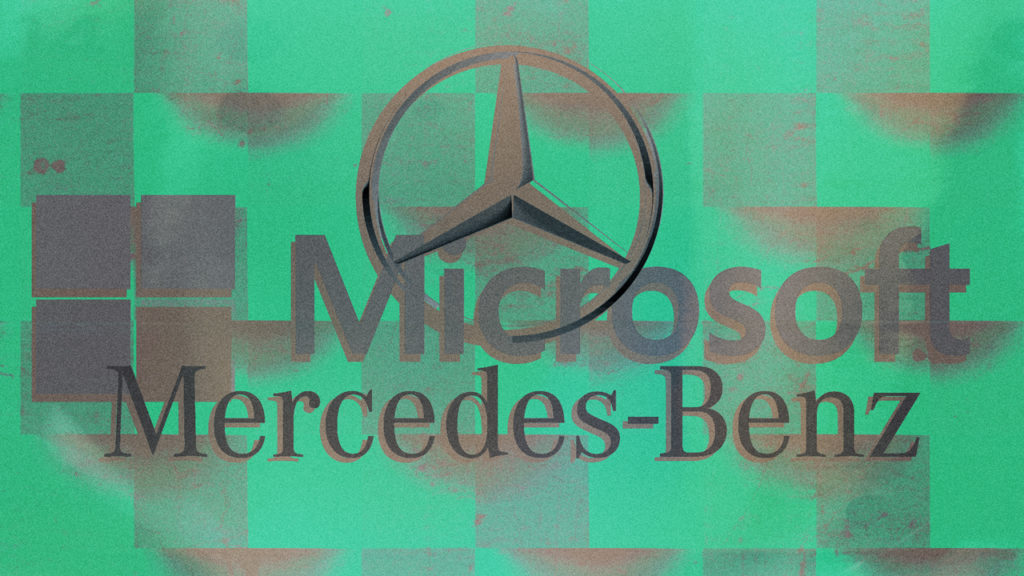MWC 2019 was awash with conversations about connectivity, the future of the connected computing world and of course, 5G. But, for brand marketers, the underlying message was how to stay relevant in a transforming digital ecosystem.
At the core of much of this conversation was how to keep ahead of the curve, maintain a strong sense of identity and give audiences what they want.
At Monday’s “Intelligent Future For All” keynote, Microsoft CEO Satya Nadella gave a nod to Daimler AG’s longevity in a conversation with the automobile manufacturer’s CEO Dieter Zetsche. In celebrating the rarity of “institutional strength that goes beyond human lifetimes,” Nadella noted the necessity for brand leaders to create a “core sense of purpose and identity.” But don’t accept the status quo. “At the same time, you have to question everything,” said Nadella.
“New capabilities are something that you always have to build, long before it’s conventional wisdom. Now, that capability is only going to happen if you have a culture that allows you to recognize the need for that ability.”
Nadella has a great deal of experience with status-quo defying transitions, notably the company’s shift in focus from selling software on DVD-ROMs to providing SaaS via subscriptions to Microsoft Office during his tenure.
Planning for the future needs of customers means taking a leap of faith, in a sense. Nadella insists that “the core of any transformation is: Are you in real touch with the unarticulated needs of your customers?”
Just days before the conference, the BMW Group and Daimler AG announced a new partnership, a collection of joint ventures and a clear indication of how the two legacy brands are confronting today’s digital transformation.
“By creating an intelligent network of joint ventures, we will be able to shape current and future urban mobility and draw maximum benefit from the opportunities opened up by digitalization, shared services and the increasing mobility needs of our customers.”
Zetsche, also the head of Mercedes-Benz, referred to Daimler AG’s transition as a contrast in how to think foundationally about production at the same keynote last Monday.
“Until yesterday, the most important part was to lock your engineering department so no one could copy anything. Today, when we’re talking about these new systems, we’re convinced we have to do it open source.”
When asked about what he’s learned from Nadella, Zetsche said, “Microsoft went through a phase where its base capabilities and base business model were in question,” he continued, “then you used your basic skills and turned it around into something very different.”

